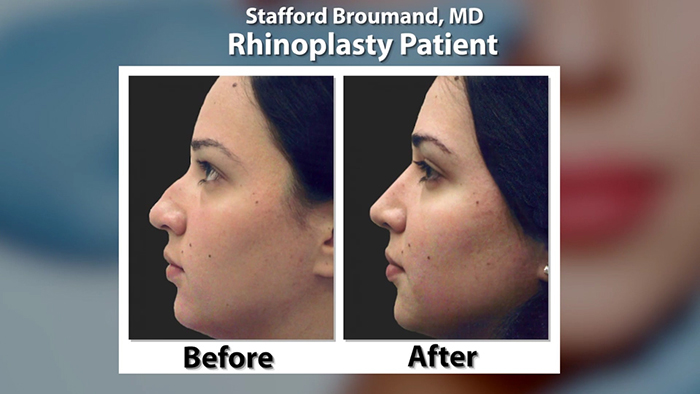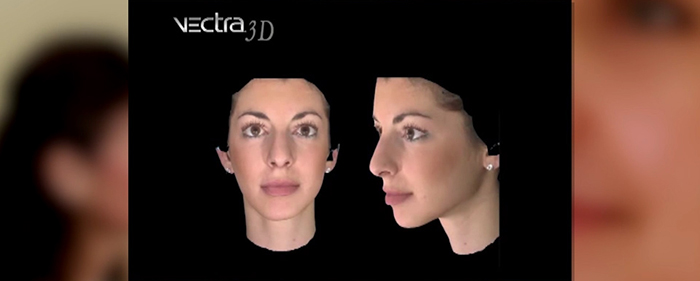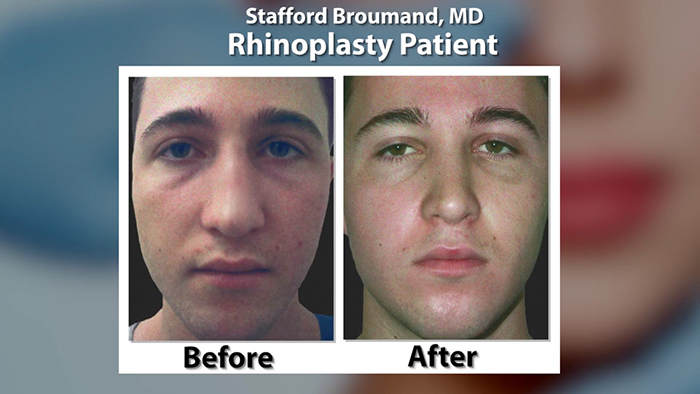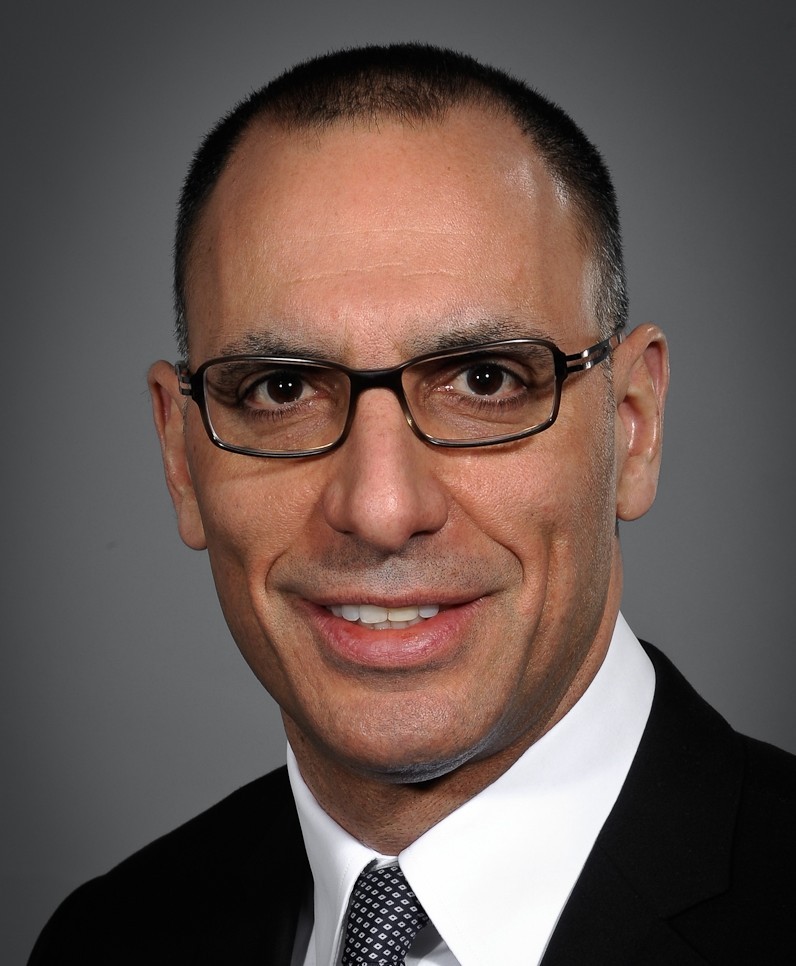Rhinoplasty or nose surgery – as compared to other cosmetic procedures – can have a relatively low patient satisfaction rating. Why is that?
For starters, rhinoplasty is a difficult procedure. It requires incredible skill and expertise on the part of the surgeon, as well as a keen artistic eye. It’s also one of the procedures that many patients may have an unrealistic expectation as to their outcome. Some want a nose that either literally won’t work with their anatomy or simply doesn’t fit their face.
Like with breast augmentation, 3D imaging during the consultation process can tremendously help surgeons manage patient expectations. Dr. Stafford Broumand of New York City discusses this technology and how it’s improved communication with his own rhinoplasty patients.
Facial Proportion
Your nose sits in the middle of your face; when it is out of harmony by either being too big or too small, it can adversely affect facial proportion. Since facial proportion and symmetry are some of the predictors of how our brain perceives beauty, a nose that doesn’t fit the face can make a patient feel unattractive, damaging self-confidence.

Thankfully, a well-done rhinoplasty can fix the appearance and/or function of the nose. The procedure can restore facial balance by:
- adjusting your nose width
- repositioning the nostrils
- removing a hump or depression on the bridge of the nose
- reducing an enlarged or bulbous tip or one that is upturned or hooks to the left or the right
Above all, it can improve functionality – and maintain functionality during more cosmetic alterations – which is one aspect of the procedure that is so difficult. There is little room for error when performing surgery on such a critical feature of our respiratory system.
3D Imaging Is Like A Movie Preview
One way to manage expectations for patients is the use of 3D imaging. Dr. Broumand uses the technology during his rhinoplasty consultations and has found, “it very helpful and beneficial to the patient in trying to describe the anatomy of the nose and the changes that we are going to make in the nose.”

A huge advantage when utilizing 3D imaging is the ability to move the image in every direction. This means that you can change the bridge of the nose, the width, the tip, the projection and the reflective points. The end result is a computer generated image of a patient’s new nose which gives you a very reasonable idea of what to expect. “Sometimes, the patient will say, ‘let’s morph it into this,’ and I will tell them that’s not a reasonable approach,” explains Broumand. “You can’t achieve that and it doesn’t fit the rest of the face.”
One of the most difficult of things for a surgeon with any cosmetic procedure, but particularly rhinoplasty, is managing a patient’s expectations. Patients today come in with a very specific idea of what they want, but just because you want a certain celebrity’s nose does not mean that your facial anatomy can support it.

3D imaging gives patients a sense of what the surgeon can do. Broumand feels that 3D imaging is, “integral to our rhinoplasty consultation today.” It’s a great communication tool, but it does not always predict outcome. The technology gives a decent preview and continues to become more accurate, but it certainly helps patients get a visual of what to expect and to feel more confident about booking their surgery.
















Facebook
Twitter
Instagram
YouTube
RSS